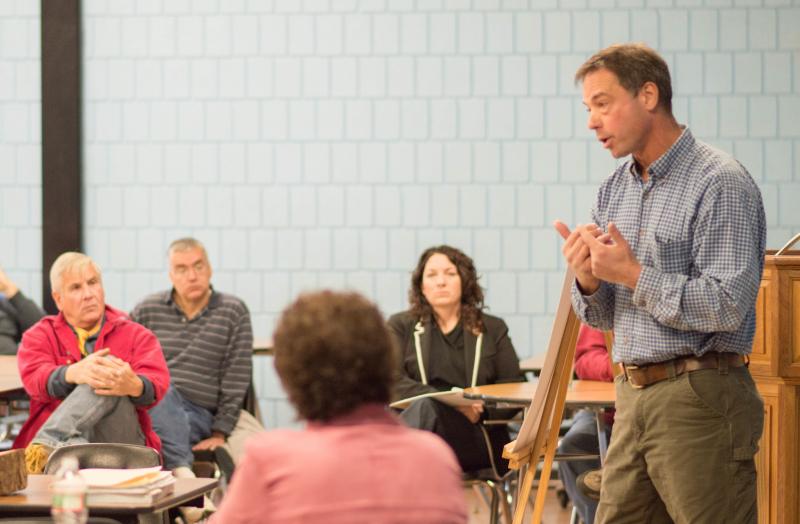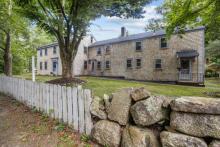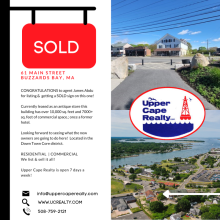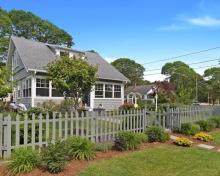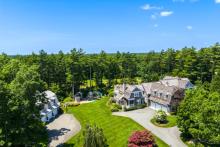Residents question tree removal plan
At a forum last weekend, residents wanted the answers to be clear cut, not the trees in a town-owned tract of land surrounding Old Colony Regional Vocational High School.
Concerned Rochester residents and school district members discussed the “Forest Stewardship Plan,” about the health and longevity of the town forest during a “Walk & Talk” on Saturday, Nov. 16.
The plan, created in 2010 and unanimously approved in 2011, would remove some trees on the school’s wooded area adjacent to neighboring properties.
Held at the high school, the meeting featured a presentation from Phil Benjamin, of Benjamin Forestry Services Inc. Benjamin, a forester with 35 years of experience, spoke alongside Tom Farrell, from UMass Amherst.
Benjamin described the process and fielded questions from abutters and residents who offered mixed opinions on the plan.
“The ‘trust factor’ is really important, and this has the potential to be a great project, provided everyone is in agreement,” said Jim O’Brien.
Abutters said noise from the logging equipment to be used, and the possibility of a fire, were potential hazards. They were assured this would be a relatively low noise project and a decreased chance of fire will be the result. Residents also learned about slash laws; the legal level that remaining limbs can cover the ground, skid trail; the pathway through the forest the equipment will travel, and cone crop; the onset of new trees after the stirring of soil from the project and fallen white pine cones.
The school’s cross country trail will not be undisturbed.
“If the trees aren’t thinned out periodically, they’re going to overcrowd, compete, struggle and be more susceptible to factors that take advantage of them like stagnation, fungus and disease,” Benjamin said.
He added the goal is to “try to promote good stewardship to our forests, while accessing these woods with the least amount of impact to benefit the trees we want to grow and protect.”
This plan is not a clear cutting procedure, but instead uses selective tree removal of damaged and healthy trees, making the forest more breathable and promoting a mixed forest, instead of the predominantly Beech woodland it will become if action through forestry is not taken, said Benjamin.
“I feel passionately that we put a lot of thought into it because these woods are going to be around a lot longer than us,” he said, “We’re not doing it just for our generation. We’re doing it for your kids and grandchildren.”



